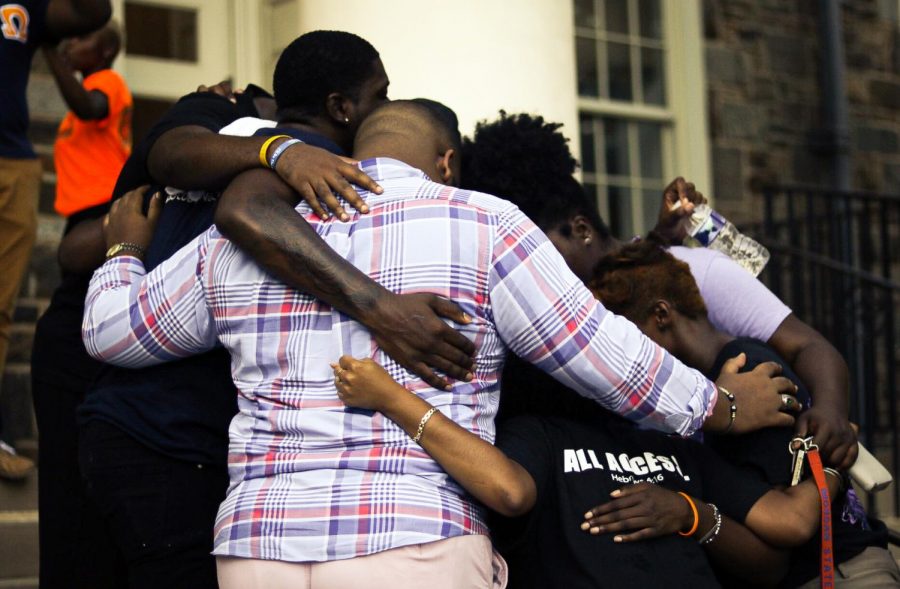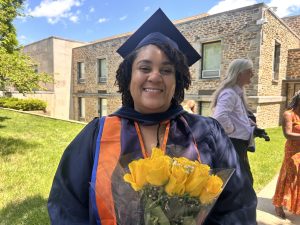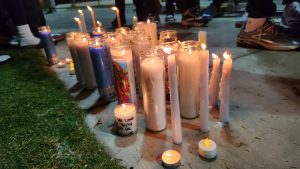Morgan State community looks back on lives lost before, during the pandemic
As the coronavirus death toll continues to increase, so does Morgan’s student mortality rate
February 24, 2021
As the coronavirus continues to take lives across the U.S., the nation has reached a new death toll of 500,000. With half a million lives lost to the virus and the Biden administration scrambling to administer the vaccine, Morgan State has endured its own crisis—the rise of its student mortality rate.
In a little over one year, six students have died including business administration major Manuel Luis Jr., multimedia platform production major Ugochi Mexu, business administration major Darion Gripper, business administration major Joseph Graham Jr, business administration major Jordan Cofield and marketing major Symone Baynes.
“My heart goes out to their families and their friends because it’s the stage in life where you just have so much ahead of you, said Angela Howell, the interim chair of sociology and anthropology. “I’ve seen the impact it has had on my students and it has an impact on me just knowing it happened…It just adds to the overall feeling of grief that we’re experiencing right now.”
In July of 2019, Luis Jr was shot and killed outside of Morgan View Apartments after an attempted robbery. A couple of months later, Mexu collapsed on the university’s campus and died.
Luis Jr. and Mexu’s death was the first of a grim trend of young lives cut short. The community soon grew used to reading somber emails from President David Wilson announcing the death of another student.
Whenever a student dies, it affects the entire community. But for the class of 2022, the loss feels that much greater as three students within the graduating class have died in two months.
Last June, Gripper was shot in Bowie and died the following day from his injuries. Two months later, Graham Jr. spent the night at his friend’s house in West Baltimore after a party and died the next morning in a gasoline explosion.
One week later, the Morgan community received news of the death of Cofield, who died after his motorcycle crashed into a guardrail on the highway.
Senior Malcolm Brown, a business administration major, recalls driving past the scene of the Cofield’s accident and learning about the news one hour later.
“It is definitely depressing, my condolences to the families that have taken these losses from loved ones,” he said.
On Sept. 30, 2020, Morgan received the news of its latest loss. Baynes, a 21-year-old marketing major, died. The details of her death remain unknown.
“Although I didn’t know them all personally, I could tell that they had a huge positive impact amongst their family, friends and the school environment,” sophomore sociology major Edjanni Njie said.
But for junior marketing major Leshoun Taylor, the losses have hit him a little closer to home as several of his friends were close to the students that have died.
Taylor, who also serves as Morgan State’s mister junior, said he takes long walks and plays basketball to remain in good mental health and he encourages his peers to manage their grief in a similar manner.
“The lives of these students have brought together the Morgan family,” he said.
According to Counseling Director Nina Dobson-Hopkins, more than 3,000 appointments have been made and attended by students between spring 2019 and fall 2020. Hopkins said when her team learns of a student’s death, they attend all of the deceased students’ classes to speak to their former classmates and give them a safe place to express their grief.
But with the combination of a national pandemic and the rising student death rate, students have been left to manage their mental health without the physical support of their university. Hopkins said most students seen at the center are affected by the coronavirus by some shape or form.
“Whether the issue is anxiety, depression, loss of a loved one due to COVID-19, difficulty focusing, coping with distance learning, family dynamics or not being able to connect with friends on campus —the overarching context in which these issues currently exist is COVID-19,” she said.
Hopkins said if a student is feeling mentally strained, they should take a 15-minute walk, exercise and have an understanding of the difference between healthy and unhealthy coping strategies.
According to the National Alliance on Mental Illness, 75 percent of lifetime mental illness cases start at age 24-years-old, which is close to the average college student. Staying physically active will strengthen the state of one’s mental health, according to the Primary Care Companion to the Journal of Clinical Psychiatry.
For Brown, the coronavirus has given him time to center his emotions and think about his future as he recalls the loved ones he’s lost.
“I learned how to cherish the moments that I’ve had with them in the past, and even though it makes me miss them, I always have them in my heart,” Brown said.
Onya Solomon, Cara Williams, Kysha Hancock and Jordan Brown contributed to this article











